The market value of ‘Content Marketing’ is set to grow by $487.24 billion, progressing at a CAGR of 15.8% from 2021 to 2026. So, as competitors master their content marketing efforts and boost their online presence, it’s important that you do the same. Content creation improves brand awareness and consumer engagement. It will also win you business if it’s done correctly. So let’s take a look at 6 essential content types to win business.
#1 Blog Posts
If you’ve got a ‘been there, done that’ attitude to blogging, your strategy is tired and you need to go back to the drawing board. Yes, there are over 600 million blogs in the world in 2022. And yes, people do only spend about half a minute on each post. But that doesn’t mean you should give up. The trick is to adapt your approach to ensure you stand out. Here are some top tips:
Play the Long Game
You wouldn’t just turn up at someone’s desk early on a Monday morning, tell them to buy your product and then disappear again until the following week, would you? That would be weird. When it comes to sales, it’s important to build relationships, talk about topics your consumers are interested in and offer useful information and advice. The same logic and strategy applies to your blog. Take the time to craft posts with useful takeaways that are relevant to the end user. Research pain points and create content specifically around client questions and search queries. Posting high-end, original content will keep people coming back for more making it easier to develop a loyal following.
Make Your Blogs Easy to Skim
73% of people admit to skimming blog posts. So don’t ramble. Get to the point. Use clear concise headers and keep your paragraphs short. That way, people can get the information they want quickly without being put off by huge volumes of content. Check out this great example from Revolut which includes a timely and relevant title, paragraphs broken down with the help of emojis and bullet point lists to make the content more accessible.

Understand Google’s Algorithm
Uploading valuable content with relevant keywords, makes it easier for you to rank on Google. And considering 46% of product searches begin on Google and 2.4 million searches happen through the search engine every minute, being present is a big deal. Blogging also allows you to link to other pages within your site including pages you want to rank highly. You can also link to authoritative sites to help boost your reputation and promote your blogs in a bid to get links back. This is great for SEO. Understanding Google’s algorithm is key to winning business. Contentworks Agency will help you to be featured on page one using Snippets and through Google’s Helpful Content update.
#2 Videos
54% of consumers want to see more video content from a brand or business they support. And it’s no surprise considering video consumption has almost doubled since 2018. 92% of marketers say video is an important part of their strategy in 2022, with 87% of video marketers reporting a positive ROI. So it’s important to ensure your content marketing efforts are on point.
- Use video to increase understanding of a product or service. 94% of marketers agree that video has helped them to boost brand knowledge. Check out this example of clear and effective video marketing from Klarna which is used to introduce the Klarna Card.
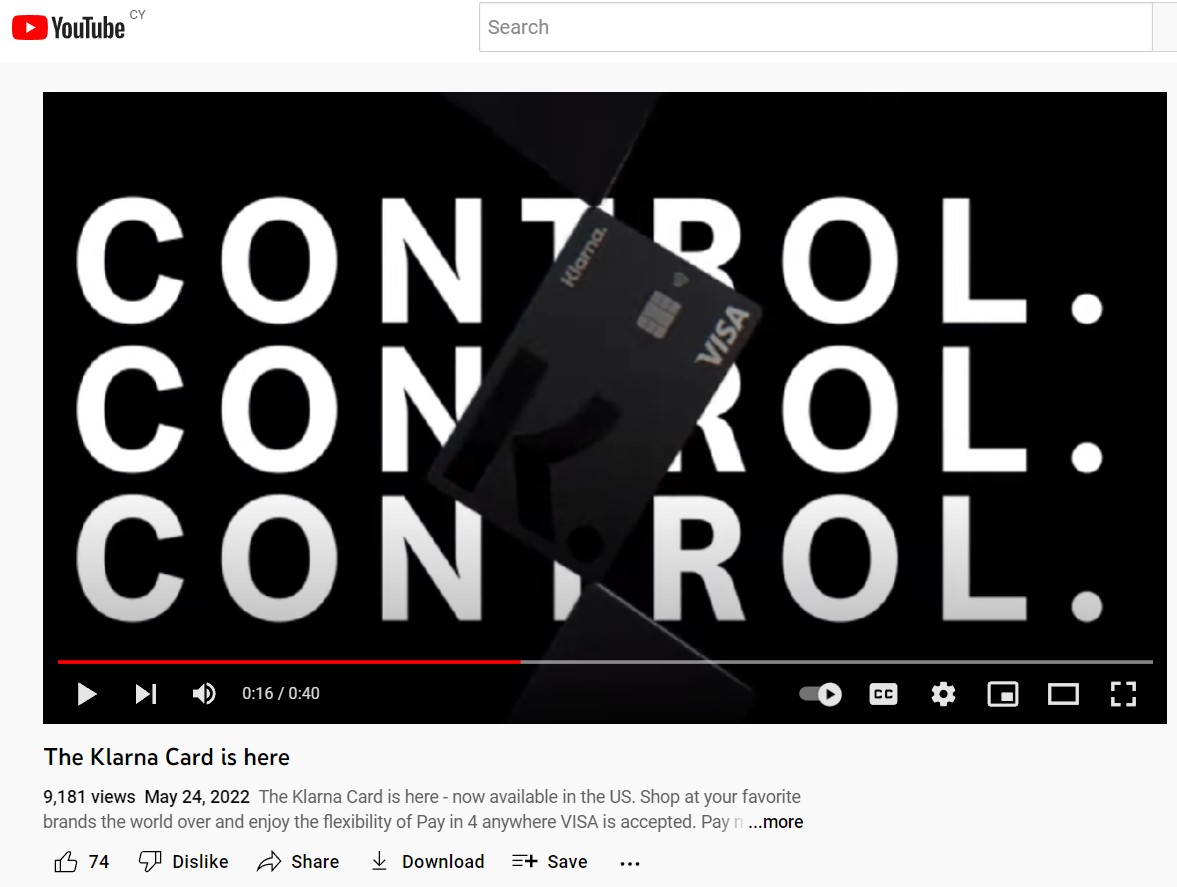
- Use video to introduce team members and humanise your brand. This is a great way to build trust, particularly in sectors that deal with mistrust and scams on a regular basis such as the finance industry. Lloyds Bank regularly builds video content around their staff. Take a look at this video which also ties in nicely with the brand’s Pride celebrations and ongoing messages of inclusivity.
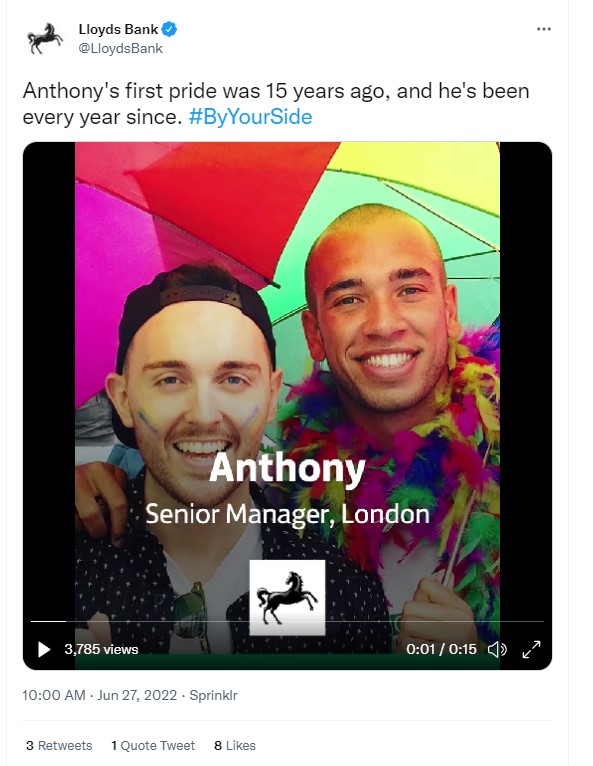
- Use video to showcase your corporate social responsibility (CSR) efforts. Consumers are becoming more socially conscious. In fact, half of consumers would be willing to pay a premium for a sustainable brand or sustainable products. So, it’s a good idea not only to up your CSR efforts but to document your focus and plans in video form. This is something Barclays Bank does well.
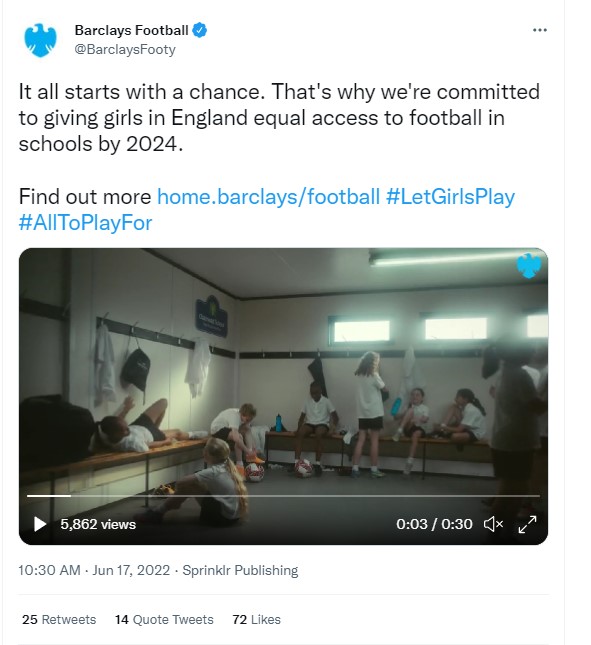
#3 e-Books
Successful marketing relies on knowing your consumer and constructing a database of information that you can use to your advantage down the line. The more details you can get, the better. But how can you encourage people to share private information? Well, why not offer a free downloadable e-book loaded with useful takeaways in return for their name and email address? You can then nurture these email leads with content that’ll keep potential consumers engaged. To ensure you remain GDPR compliant, make sure people opt-in to brand communication by putting a simple check box on your form.
Top Tip: Make sure your e-book contains exclusive information that can’t be found anywhere else. Your e-book can be promoted via your blog or social media accounts using teaser content. Here’s how we created a buzz around our ‘Build Trust with Content’ e-book.
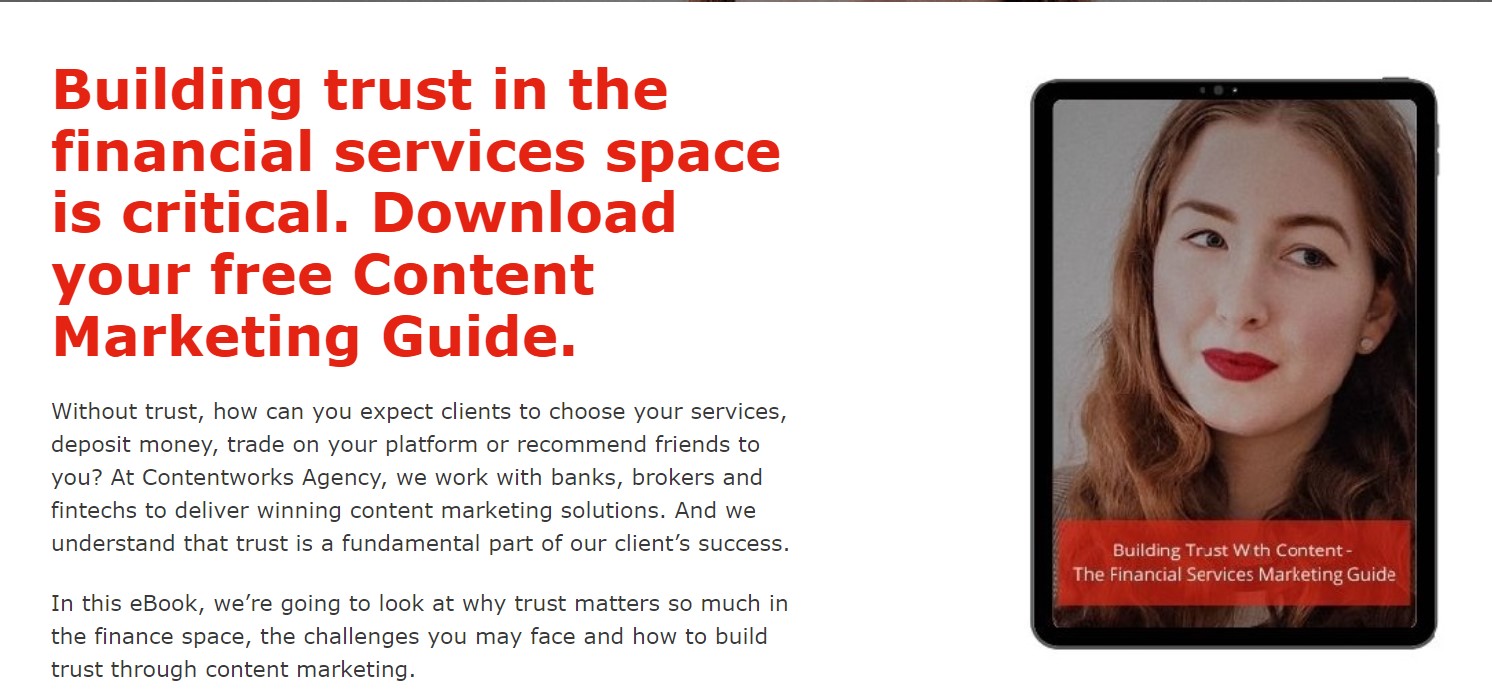
#4 Case Studies
60% of marketers say case studies are the top content marketing strategy to earn customer’s trust. Case studies are, quite simply, a content type that businesses publish to demonstrate how they solve a particular customer problem. They’re brand success stories based on actual facts, statistics and diagrams and are a powerful marketing weapon, helping to attract new customers by showing them the experience of previous customers. Case studies also celebrate customer loyalty and can help the sales team convert more leads, particularly if your case study content is posted on your website where it’s easily visible.
What’s also great about case studies is that they can be used in different ways to promote your brand online. For example, you might want to push case studies on your homepage, landing page or social media. You can even re-purpose case studies to create videos, infographics, interviews, podcasts and more.
Look at this in-depth case study of how financial services brand Intuit Mint benefitted from switching to Amazon Web Services. Such a detailed content piece promotes both brands and helps to document the brand development of Mint which can build consumer trust.

Klarna has also dedicated a specific part of their website to case studies, presenting challenges and solutions to particular business projects. Such content helps companies to embrace SEO opportunities and expand their content strategy within a competitive industry.
#5 Reviews
While case studies tend to be about how the service works and how clients have benefitted from problem solving solutions, reviews tend to offer shorter, more personal accounts of a brand experience. And considering 9/10 people read reviews before buying a product, they’re hugely important to a brand’s reputation. Reviews can work to your advantage as they act as social proof, encouraging others to invest with you too.
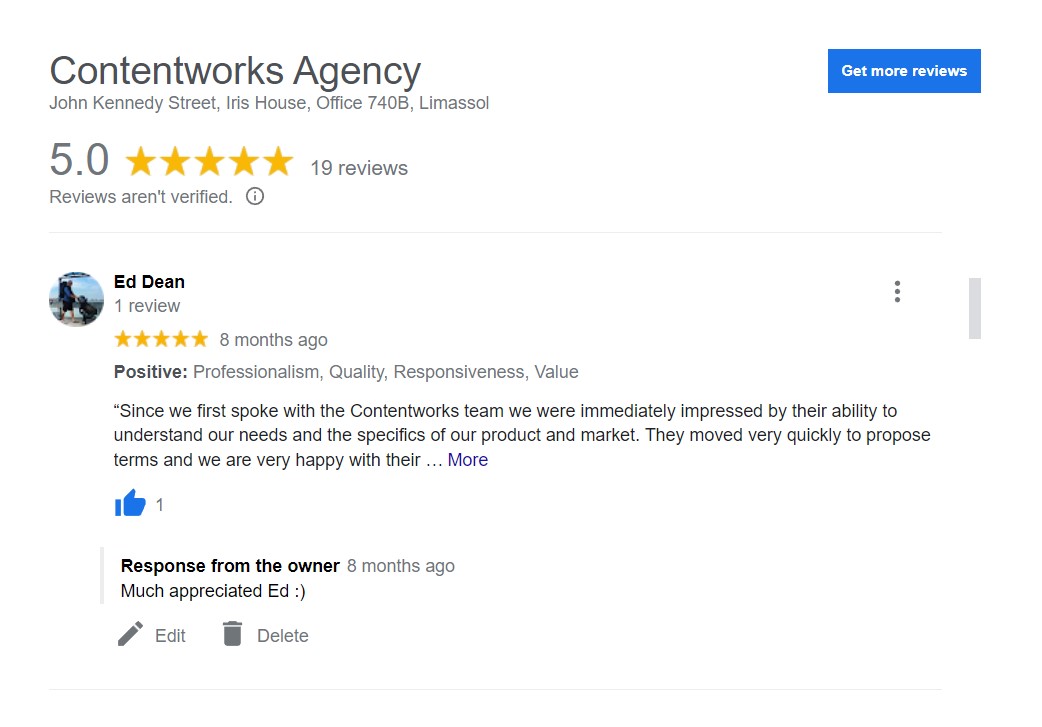
According to recent reports, 44% of customers think products should have more than 100 reviews. And collecting a high volume of ratings and reviews is well worth the effort. The more reviews a shopper is exposed to, the higher the conversion rate. And the largest impact is seen when a shopper is exposed to 5,000 or more reviews. Shoppers exposed to 5,000+ reviews convert at a rate 122.1% higher than those exposed to between one and 100 reviews. So ask consumers for product reviews and prompt them if they forget. Just try to avoid ticking them off with constant reminders.
Reviews are also great for local SEO. For listings on Google Maps, the number of reviews was shown to matter. The more reviews a brand had, the higher their position in a Google Maps search. You can encourage users to leave Google Reviews by creating a link via your Google My Business account.
Top Tip: consumers love authenticity, so don’t feel like you need to filter all your reviews. Yes, the overall impression of your brand should be good but don’t always feel like you need to present 5-star reviews only. 4 and 3-star reviews can also work and you may even feel like responding to reviews with a blog post if you’ve changed the way you operate as a result. Something like, “You Spoke, We Listened” shows you care about public opinion.
#6 Influencer Marketing
With the influencer marketing industry set to hit $15 billion by the end of this year, this is certainly a content type worth exploring. But do you really need to tap into the mega-influencer world and splash the cash to secure increased engagement or can you boost awareness and keep consumers interested with micro-influencers (those with up to 100,000 followers)? It’s no secret that finance brands have had huge success working with the stars. Dave, a mobile banking app that focuses on overdraft protection, partnered with singer Jason Derulo for the TikTok campaign #DaveAdvanceDance, promoting cash advances, resulting in 44.5 million views. But, you don’t have to team up with the rich and famous.
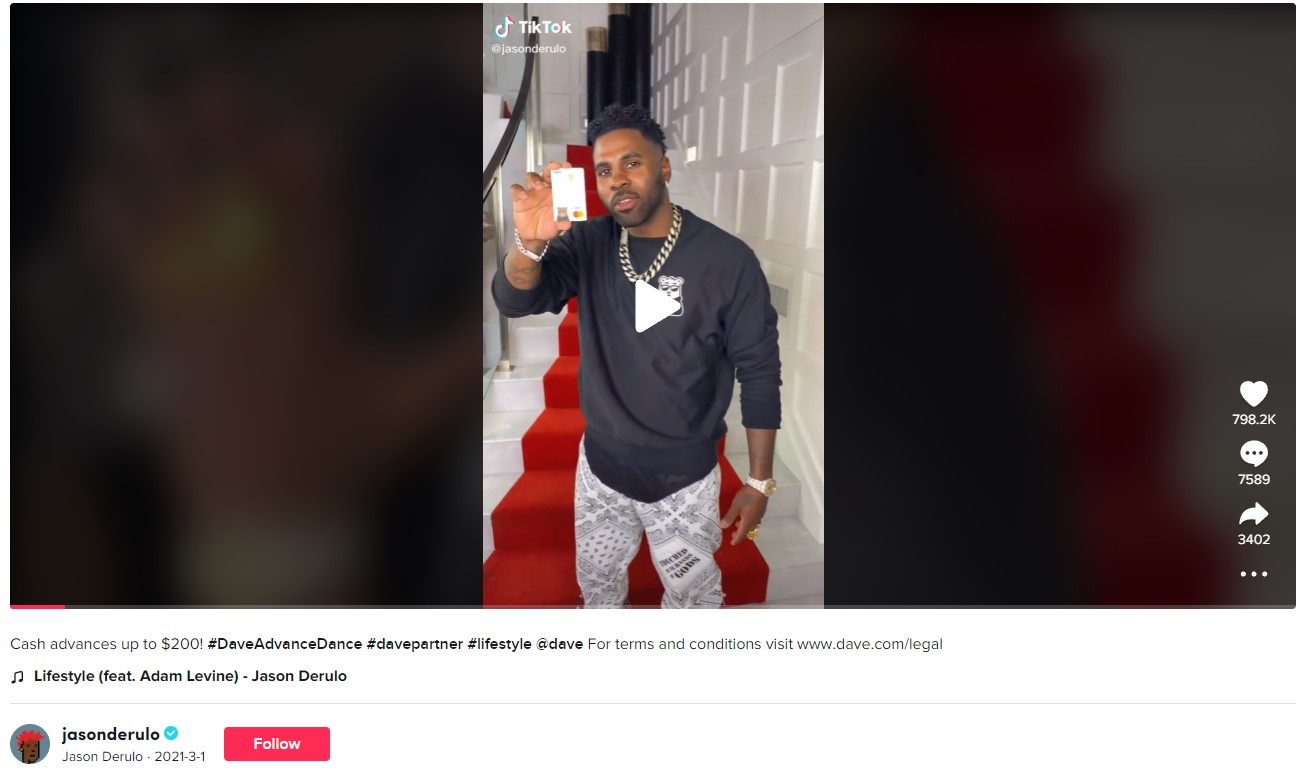
Interestingly, micro-influencers can be extremely beneficial to brands with a smaller budget and a more niche audience. Micro-influencers on Instagram have an average engagement rate of 3.8% and that falls at every level of influencer, bottoming out at 1.21% for mega-influencers. Those with fewer followers tend to have more time for consumer interaction and are therefore a top choice for brands looking to boost engagement. When choosing an influencer, make sure they match the morals and ethos of your company to ensure your marketing is authentic.
Speak to the Contentworks team for SEO content, social media marketing, PR and most importantly a content marketing strategy. Enjoyed reading Content Marketing That Wins Business – 6 Essentials? Go ahead and hit share.
